This is the blue flowering native perennial counterpart to the cardinal flower, Lobelia cardinalis. What’s interesting to note is that while the cardinal flower is primarily pollinated by hummingbirds (who are very attracted to red), this is primarily pollinated by bees.
But it is hardly probable that a flower so noticeable as this, and wearing a color as popular as blue, should have adorned itself so lavishly to no purpose. […] Our curiosity is rewarded by the discovery that the lobes of the stigma are so tightly pressed together that they can at first receive no pollen upon their sensitive surfaces. We also find that the anthers open only by a pore at their tips, and when irritated by the jar of a visiting bee, discharge their pollen upon its body through these outlets. (Source: Mrs. William Starr Dana, aka Frances Theodora Parsons, How To Know The Wild Flowers, p. 254)
That’s right, these flowers are buzz pollinated, which is why you’ll find it along with other buzz pollinated flowers in my MagiK Picks category, Give Me A Buzz.
You may be wondering, why this one was burdened with unpleasant epithet of siphilitica? Because it was, at one point, believed to be a cure for syphilis. I suppose it was better in some ways than mercury, but thank the heavens we live in a time when antibiotics exist (please don’t try this plant or mercury to self-treat). As a side note, syphilis, is still a major problem in impoverished countries with inadequate access to medical treatments – something we were once able to provide through USAID. If you wish to help fill the gaps, check out this link.
There are two options in the shop. The standard blue flowering variety, which is fairly common where it grows, as well as the less common white flowering variety. My guess is the seed of the white form is slightly less viable than the blue. I did not get nearly as many seedlings for the white as I did the blue, despite sowing in a similar fashion.
Find great blue lobelia in the wild
Although this is an equally widespread species similar to the cardinal flower, I have yet to come across this one in the wild like I do the latter. My guess is this is far less tolerant of drier soils than Lobelia cardinalis, which grows in my vernal wetland (which can dry out a bit in summer). Note that I said a bit… cardinal flower doesn’t tolerate drought conditions either.
Great Blue Lobelia typically grows in moist to wet locations along streams, swamps, and meadows. It is common in the mountains of the Mid-Atlantic Region, frequent in the Piedmont, and infrequent to non-existent in the Coastal Plain. (Source)
This plant prefers moist, fertile soils and thrives in partial to full shade, making it perfect for woodland edges, wet meadows, and along stream banks. It is often found in acidic to neutral pH ranges, ensuring that its growth conditions are just right for a flourish of vibrant blooms. (Source)
Grow great blue lobelia in your garden
Whoever said plants don’t bloom in the woodland garden after the trees leaf out clearly has not been paying attention. I have seen these blooming in zero direct light, dappled at best, at Jenkins Arboretum in 2024. I think they seeded themselves there? The point is, you can grow this in your shade garden. Maybe not the deepest shade of a dense forest, but most people don’t have that.
If you want beautiful blue blooms that glow in the woodland light (everything glows in the woods) that continue from mid-summer into early fall, be sure to add this to your garden. It cannot dry out. It needs to have consistent moisture, so be sure to amend less-than-ideal soil with leaf mold (something you can make yourself). That being said, there are reports it can tolerate poor soil as long as it gets enough moisture.
Plant the commonly grown perennial species – L. cardinalis, L. siphilitica, and related hybrids – in light to partial shade and rich, constantly moist soil. With consistent soil moisture they tolerate full sun in areas with cool summers. For best results, plant them in marshy spots or along streams or ponds. Plants are short lived, but they self-sow where happy. (Taylor’s Encyclopedia of Garden Plants, p. 244)
Worth noting, Lobelia siphilitica is alleged to be a long-lived perennial. I know for a fact that Lobelia cardinalis tends to be short lived, popping up in new locations every few years. Time will tell, as I don’t have as much experience with the blue ones as I do the red.
I have read mixed reports as to whether or not this species has an evergreen basal rosette the way Lobelia cardinalis does. If you still see green leaves after the rest of the plant has died back, protect it with a dollar store wire mesh basket pinned with a lawn stake. This will help to keep the leaves off the plant so it can continue to photosynthesize through winter as well as protecting it from deer browse. The rest of the year, you may wish to spray this plant with a deer repellant as deer have been known to sample it.
Judgy Judy says…
Same as with Lobelia cardinalis, this plant is way too pretty to be native. Native plants are synonymous with weeds, and this doesn’t look like a weed. Nothing this pretty could possibly grow in the wild. (All sarcasm, of course.) HOA won’t bother you about this one.

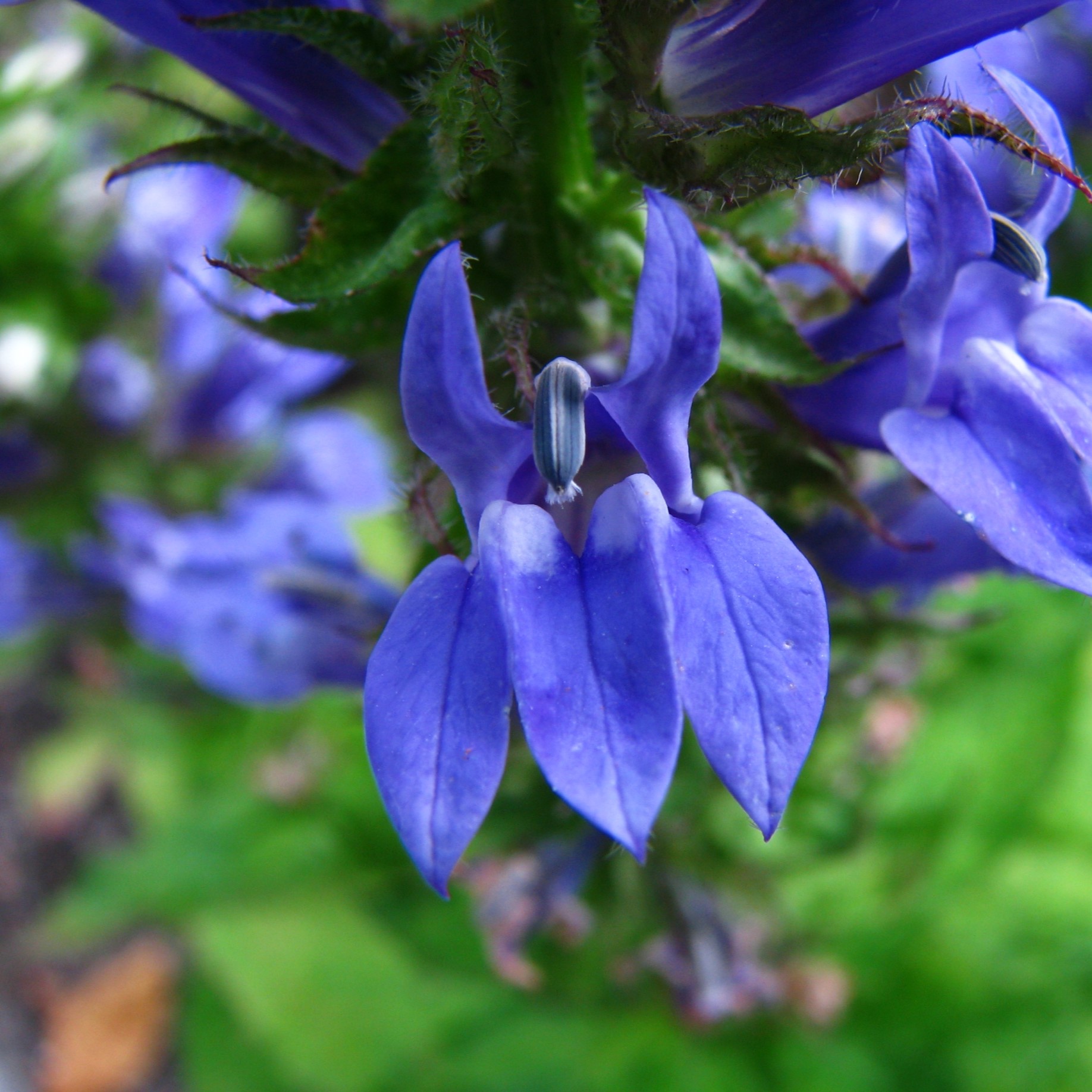
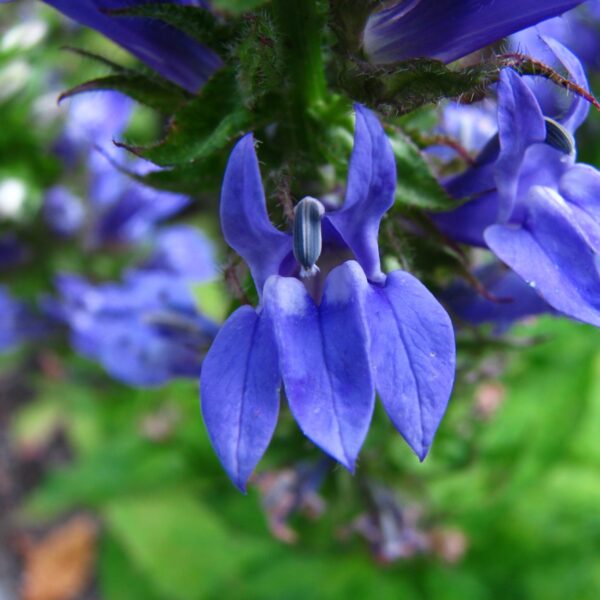
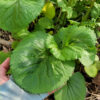
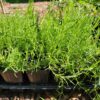

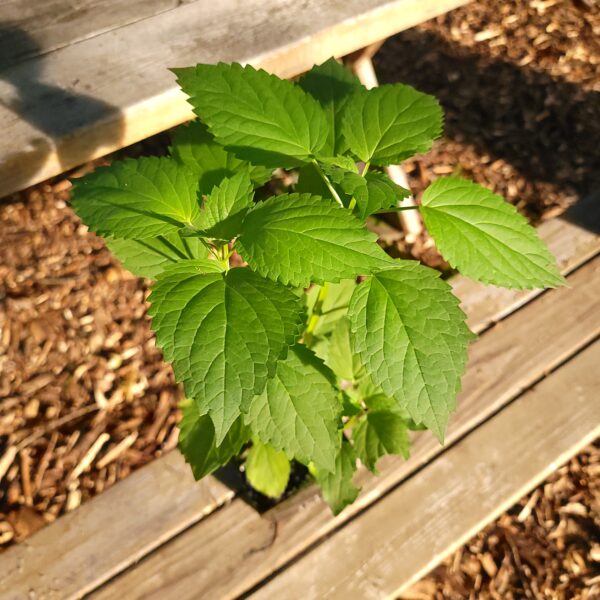
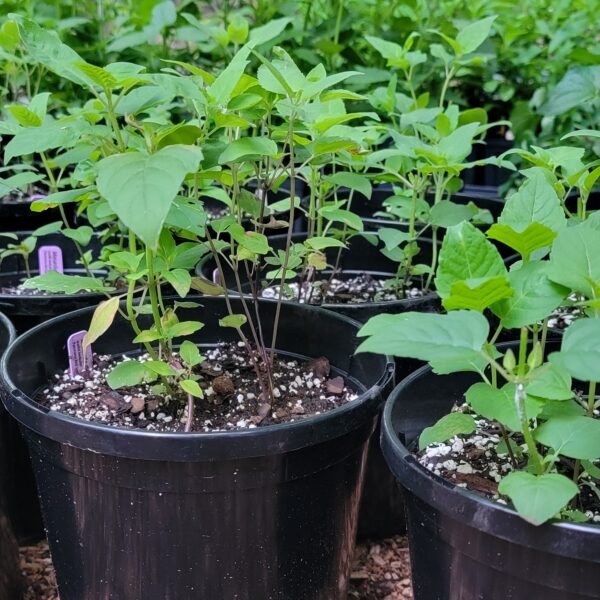

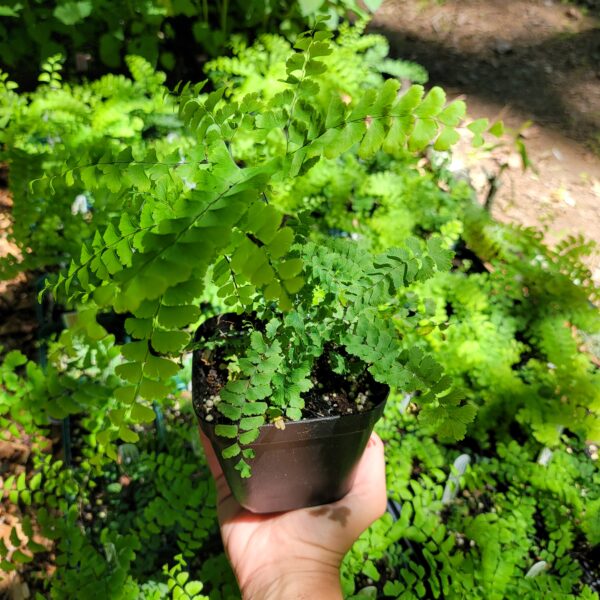
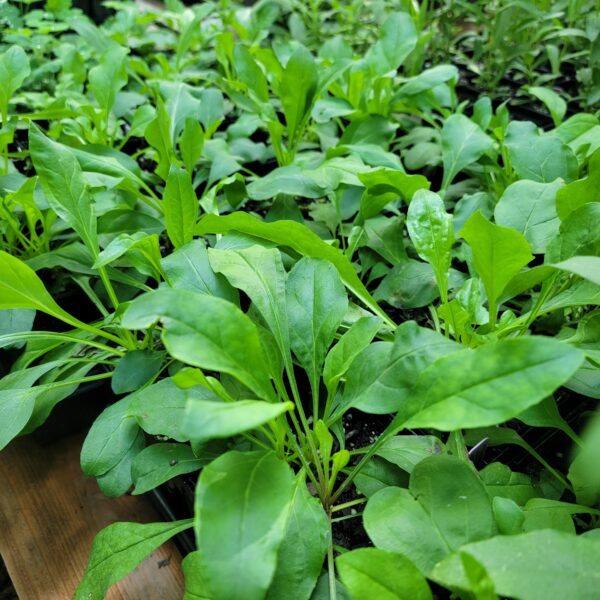
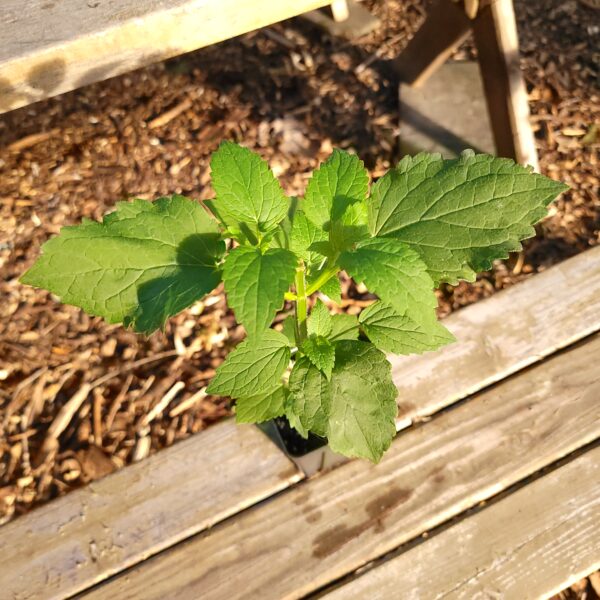



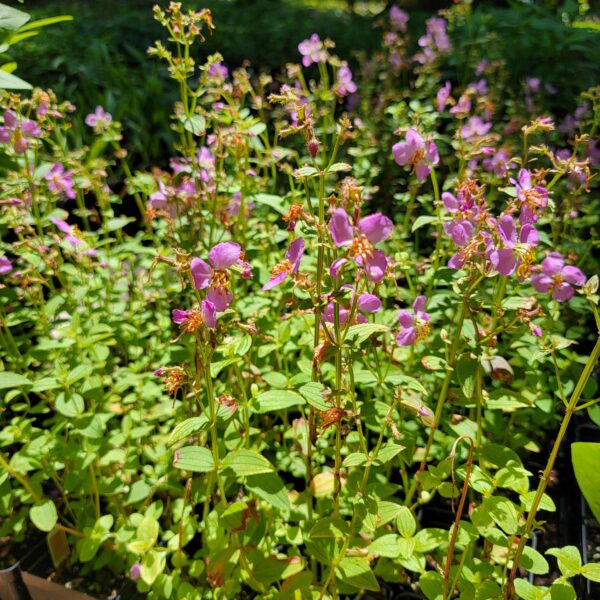

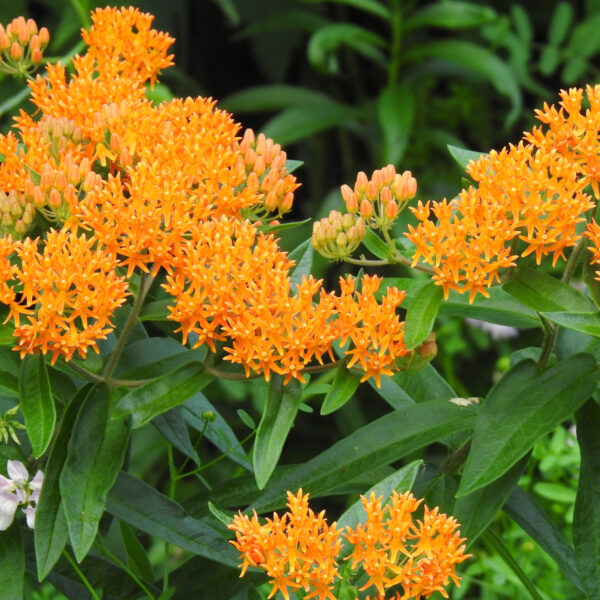






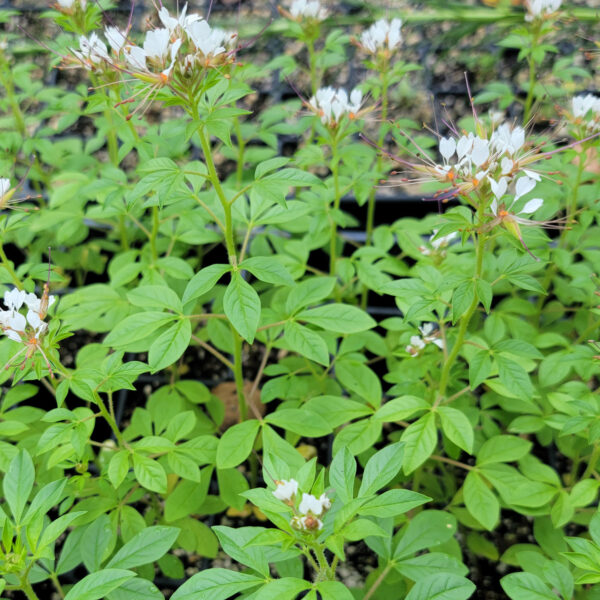

Reviews
There are no reviews yet.